Notifications: action required for take profit / stop loss. In case your Broker doesn't support those orders
update:2019-03-22, the Broker published platform 3.0.0 (a major update) in Google Play. The changelog features take profit/stop loss orders

Why do so many programmers hate UI work? Because it is tedious. Especially, for the Web, but other types of UI are only slightly easier. Layouts, margins, paddings — neverending stream of little tweaks to make it look OK on all sane environments, and somehow this freaking button sometimes overlaps that input field. Rrrr! And yes, it should not hang on button clicks, which means a lot of asynchronous programming, which is a nightmare.
And don’t even speak about aesthetics and usability! Choose right colours, element sizes and locations, find/draw images and put them where they fit, think about user workflows — isn’t it a designers’ or Ux specialists’ job?! Leave me alone, I’m a programmer. I work with backend layers, where everything is straightforward and linear, there are no buttloads of different environments to adjust to, and design is guided by mere logic without pesky fussing with ‘user friendliness’ and ’beauty’!
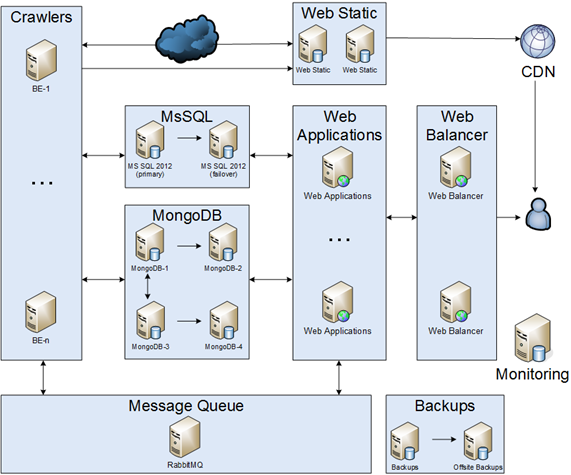
I'd like to share my story about migration monolith application into microservices. Please, keep in mind that it was during 2012 — 2014. It is transcription of my presentation at dotnetconf(RU). I'm going to share a story about changing every part of the infrastructure.

Migration from Oracle to vanilla PostgreSQL hits roadblocks with packages, autonomous transactions, and collections—they simply don’t exist there. We’ll break down why ora2pg stumbles, how native implementations of these mechanisms in Postgres Pro Enterprise make life easier, and how ora2pgpro translates PL/SQL semantically correctly, without hacks or crude regex.

41 TB/day from Oracle to Postgres Pro without stopping the source system — not theory, but numbers from our latest tests. We broke the migration into three stages: fast initial load, CDC from redo logs, and validation, and wrapped them into ProGate. In this article, we’ll explain how the pipeline works, why we chose Go, and where the bottlenecks hide.

Why does even the most powerful LLM sometimes produce meaningless phrases and contradictions? It all comes down to the exponential growth of possibilities (N^M) and the free copying of human errors. Read the article to learn how we use formal grammars to turn chaotic generation into controlled synthesis, strengthening the role of semantics and enforcing structural rules.

Hi to everyone!
I'm new here. Someone told me that Habr is like russian reddit for developers (and maybe not). And I'm here today to share my story and get opinions from you, part of this community.
In August 2024 I visited Moscow, and got Russian starter pack, even if foregneir :-)
Will be useful later because I'm moving here, Русский язык coming soon, извините!
So let's start with getting a new bank account, make a new mobile number and start to register to some essential service platforms like Metro, Gorod, ВВ, Perekrostak and Yandex for delivery and taxis. And in every service I found something strange. A certain "Ivan" (I've changed the name for privacy) is present in all my accounts where I try to register.
That's it! The phone number that my bank gave me was just.... recyled! So I could start to get personal data through all these existing account on this new phone number of mine but the most shocking thing occured today!
Alarm on 9:00, I woke up and I got a message by Yandex:

Postgres Pro Enterprise 17 introduces major improvements in performance and scalability. The key feature of this new release is the proxima extension, which combines connection pooling, proxying, and load balancing within the database core. Developers also gain improved tools for managing message queues, optimizing queries, enhancing security, and utilizing smart data storage. Want to know how these and other features can impact your applications and simplify database administration?
This article provides a brief overview of the release, accompanied by the links to more detailed information.

ChatGPT-4, the latest model from OpenAI, boasts impressive capabilities like text generation, question answering, problem-solving, coding, and even image analysis. However, accessing it requires a $20 monthly subscription on OpenAI's website. For residents of certain countries, accessing the service poses additional challenges due to restrictions, necessitating the use of foreign payment methods and VPNs.
We've created a list of the top-4 services that offer completely free access to ChatGPT-4. This article will delve into the advantages and limitations of each option, comparing them side-by-side.

Riverpod is a powerful library that I like to think of as the Swiss Army knife of Flutter development. It offers elegant solutions for both state management and dependency injection, giving you the freedom to "cook" your app architecture just the way you like it.

It's been a while since my last appearance, but I'm excited to be back and to share something truly special with you. In this article, we'll explore my top 10 Google Sheets features that are guaranteed to boost your productivity, speed up your workflow, and make your data handling more efficient. So, without further ado, let's dive into these game-changing tools!
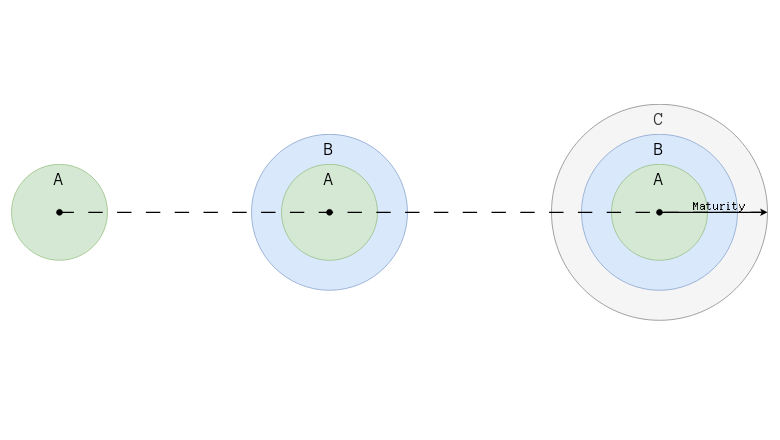
Modern product development demands more and more sophisticated designs. This in turn leads to the increased complexity of both demand and implementation. Business is flooding the architecture and development teams with the new and changed requirements. Development teams are struggling to understand what the business demand is and find the best product increment strategy. One of the widely adopted conversational methods is the Use-Cases. This guide is intended to shed light on the process of the requirements development and maturing.
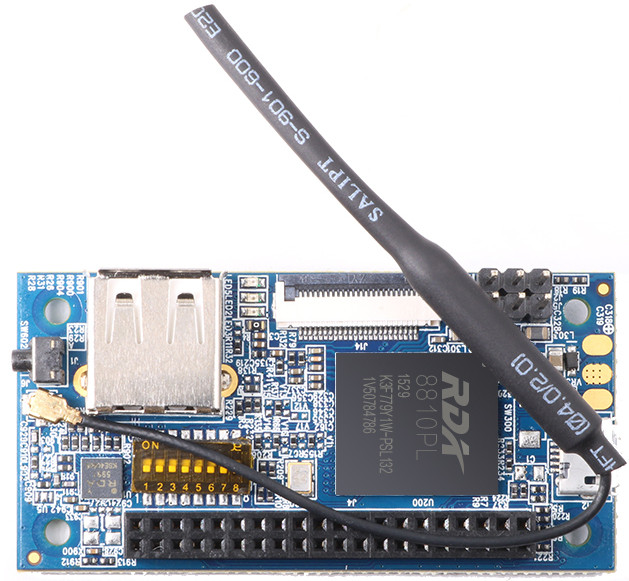
Hellow my name is Dmitry. Once I bought "Orange PI i96", but unfortunately producer not update it firmvere very long. Last firmwere kernel version is 3.10.62 but kernel current at time this article writing (russian version) is 6.5.1. And so I decide build my own firmware from scratch, and do it from sourse completely.
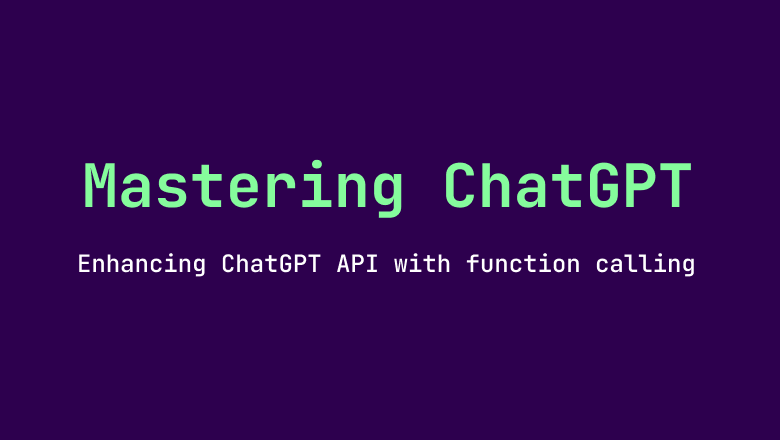
In today's rapidly advancing technological landscape, natural language processing and comprehension have become essential components of everyday life. Leading the charge in this arena is OpenAI's ChatGPT API, renowned for its exceptional ability to understand and interact with human language. Imagine elevating ChatGPT's functionality to new heights, enabling it to carry out specific tasks based on commands given in natural language. This article aims to shed light on the potential of incorporating function calling into the ChatGPT API, thereby enhancing its utility. I will illustrate through practical examples how such extensions can unlock a myriad of opportunities and applications.

The meetup on January 14 at Hacker Dojo in Mountain View, California, went well, although not as planned - we spent almost all the time talking instead of doing hands-on exercises. The room we booked can fit 30 people and approximately 30 people did show up. The quality of participants was high: approximately half were familiar with hardware description languages and another half came from various software topics. 12 people filled out the questionnaire despite the fact that I forgot to bring 30 pens.
The discussion during and after the presentation was focused and very meaningful: microarchitecture and education, EDA infrastructure / build scripts, open-source ASIC design tools, the economics of ASIC design and manufacturing, high-level synthesis, transaction-level modeling, ASIC prototyping using FPGA boards, FPGA embedded in ASIC (Menta), new FPGA manufacturers (Gowin) and new design languages - Chisel and SpinalHDL.
Four persons came to me after the meeting to discuss their participation in working on open-source portable SystemVerilog examples, and another seven expressed this intention in the questionnaire. So we are meeting again in Hacker Dojo on Sunday, January 21, at 2 PM, this time not in the classroom area, but in the common shared area.
Generally, I am thinking of having regular meetings, probably on a weekly basis for a small team of developers of the educational materials and on a monthly basis for a wider audience, discussing various design and verification topics.
There were two correspondents of Slavic Sacramento who recorded the video of the presentation. They are going to make it available soon.
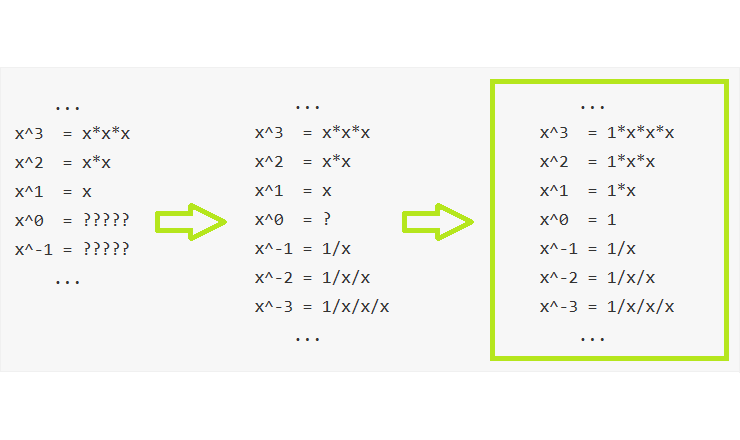
The traditional definition for the operation of exponentiation to a natural power (or a positive integer) had introduced approximately as follows:
Exponentiation is an arithmetic operation originally defined as the result of multiple multiplications a number by itself.
But the more precise formulation is still different:
Raising a number X to an integer power N is an arithmetic operation defined as the result of multiple [N by mod times] multiplications or divisions one by number X.
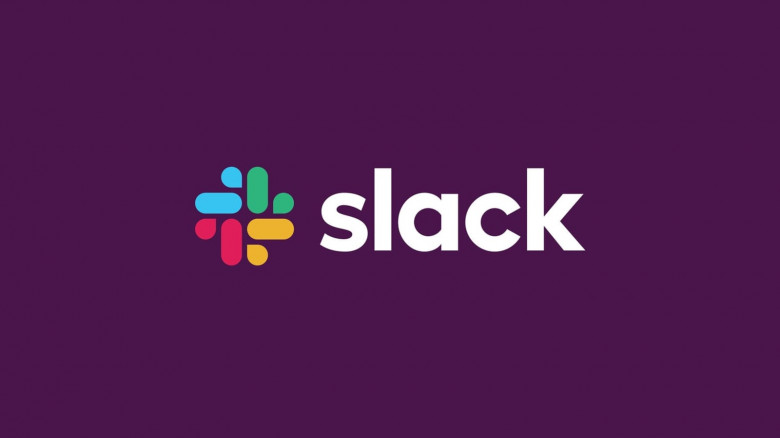
Arbeiten im technischen Support brachte zusätzlich zu allen Aufgaben die Pflicht mit sich, die Kommunikationskanäle zu überwachen. Dies wurde über den Grafana-Dienst realisiert, der die erforderlichen Metriken aus Zabbix bezog. Da die Art der Arbeit jedoch bedeutete, dass man nicht immer an seinem Arbeitsplatz sitzt, kam mir die Idee, dies ein wenig zu automatisieren und Benachrichtigungen auf das Telefon oder zum Beispiel in einen Messenger zu erhalten, falls ein Kommunikationskanal ausfällt. Allerdings hatte ich keinen Zugriff auf das Zabbix-System und auch keinen erweiterten Zugriff auf Grafana.
Yes, we need IT
The foundation of our civilization is tools. We didn't just evolve to a state that allowed us to use them, we began to improve them ourselves. The tools are becoming more intricate, more efficient and more perfect. It can be a hammer, an industrial robot, or a monetary relationship.
Some of our tools are difficult to grasp or comprehend, they are more like an element or a subject of study: the Internet, the media, the transport system. It is even difficult to call them tools, rather it is a reflection of our activities. For simplicity, we will call everything that people do with their own hands a tool, meaning that they speed us up, make our life easier and more comfortable.
Why do we need tools? On the one hand, they help to solve emerging problems, on the other hand, they raise the standard of living. We enjoy creating tools. I would say it's one of our instincts.
For the functioning of our body, we need some amount of mathematics. The processes in our head reflect this math into our language. We can write the language in the form of symbols. With the help of symbols, we can convey the discovery of one person to another or a thousand others. This allows us to build more and more complex tools. And most importantly, we really like it: the brain encourages us every time we invent or achieve something. Therefore, our tools are developing with us. The mechanisms of their development and improvement are sewn into us.
Migratory birds fly south in autumn, north in spring. It's their instinct. Ants build an anthill — it's their instinct. If people are left in satiety and peace, they begin to encode secret messages in the Bible, create complex etiquette, form mathematics, experiment with materials.
